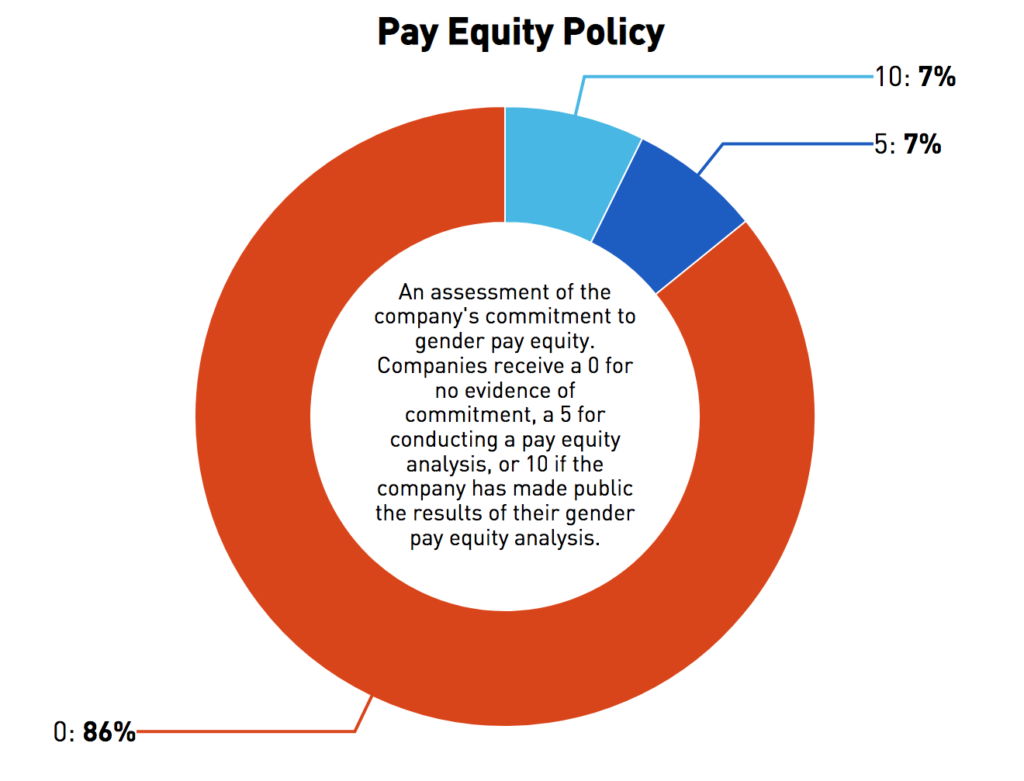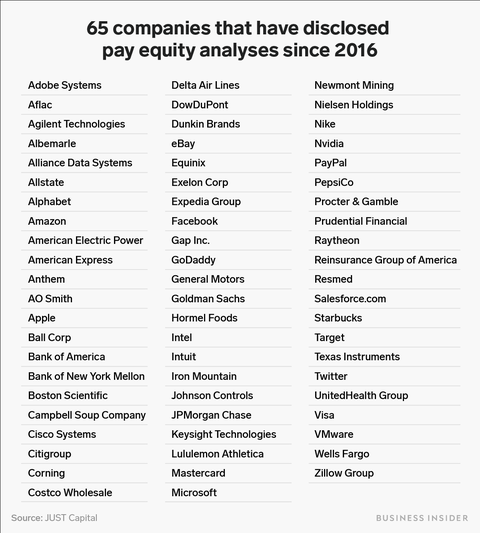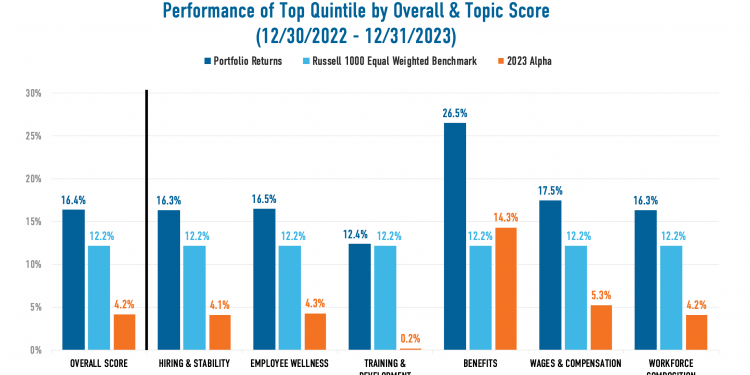How the Lack of Transparency Around Gender Pay Equity Is Holding Women Back
Last week, two NASA astronauts suited up and left the International Space Station for a spacewalk. While this was slated to be a historic first spacewalk taken by two women — Anne McClain and Christina Koch — there apparently weren’t two space suits designed to fit each of them. Male astronaut Nick Hague ended up taking McClain’s place at the last minute.
This may have been one small step for man, but was it a step back for womankind?
The women of the corporate workforce, too, find themselves persistently held back. In the US today, men earn an estimated 21.4% higher base pay than women on average, while in Europe, countries like the UK have implemented new legislation to put pressure on companies to conduct pay equity analyses and disclose their findings. The results have not been heartening.
Transparency is the lynchpin to addressing the pay gap, and without the rigor and pressure of reporting requirements, there’s little hope for closing the gender pay gap in the United States. For different payment clickmiamibeach.com methods, view our Payment Methods page for more information and current offers.
JUST Capital tracks how the largest publicly traded U.S. companies perform on the issues that matter most to the American public, based on an annual survey effort. Consistently since 2015, Americans have agreed that pay equity is a key measure of Just business behavior. In our 2018 Rankings, we evaluated the companies we rank based on whether they conducted a pay equity analysis, and whether the results were disclosed.

Of the 890 companies analyzed, 126 evaluated their gender pay gap, and only 65 disclosed the results – that’s just 7%. A recent study from Glassdoor suggests that the pay gap has been narrowing, but that it may take another 50 years before women can expect to be paid the same as their male counterparts.
We’ve spoken out in the past about the critical importance of transparency around this issue, and while disclosure alone cannot close the pay gap, it is an essential first step to better understanding the landscape of pay equity in the US, and tackling the inequality that many women face in the workplace. Stay tuned for more work in this area – including a robust analysis later this month of nine of the worker issues Americans care about most, shining a light on the state of disclosure today.
Below is a list of the 65 companies that have disclosed the results of pay equity analyses in 2016 or later. This year, we ask that corporate leaders follow the lead of the companies below, committing to a more transparent and just marketplace for both men and women.

Yutong Yuan, Business Insider
This piece was originally published as part of Business Insider’s Better Capitalism series.






